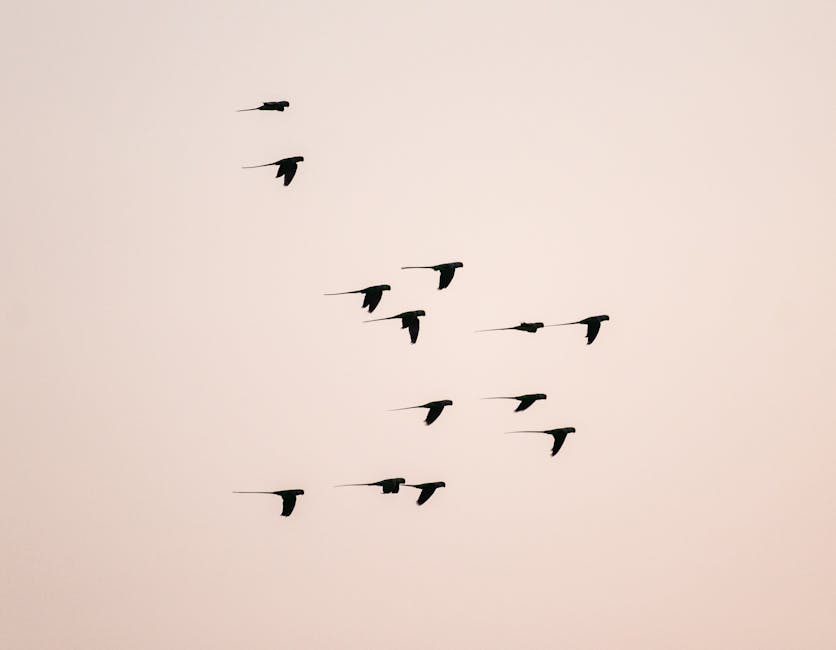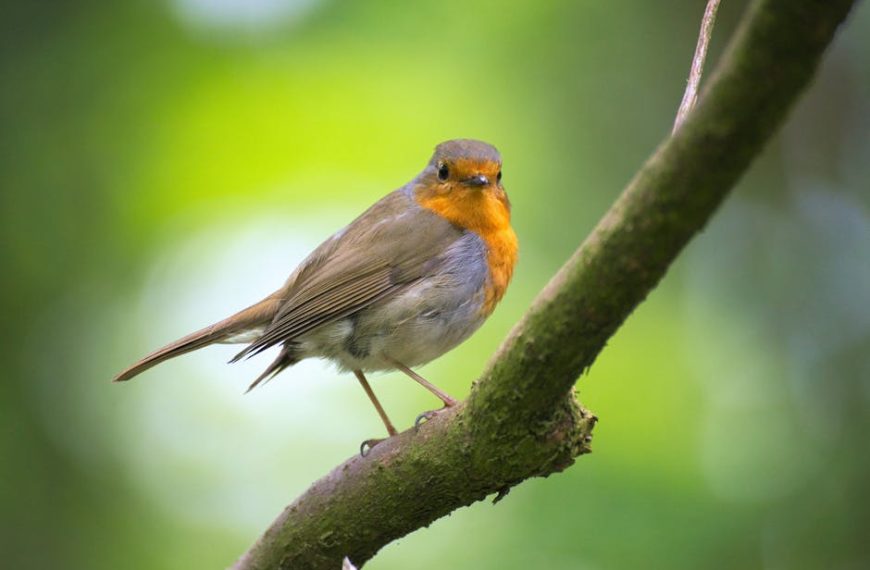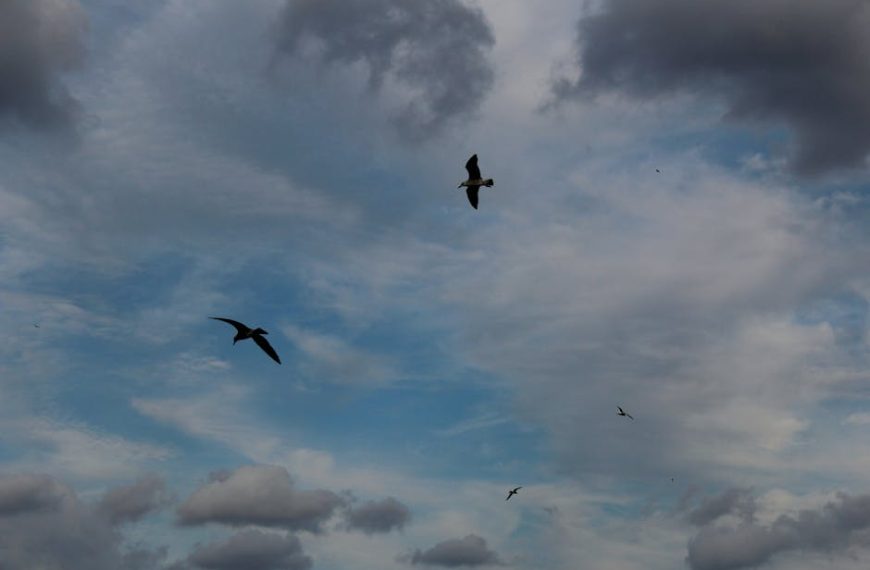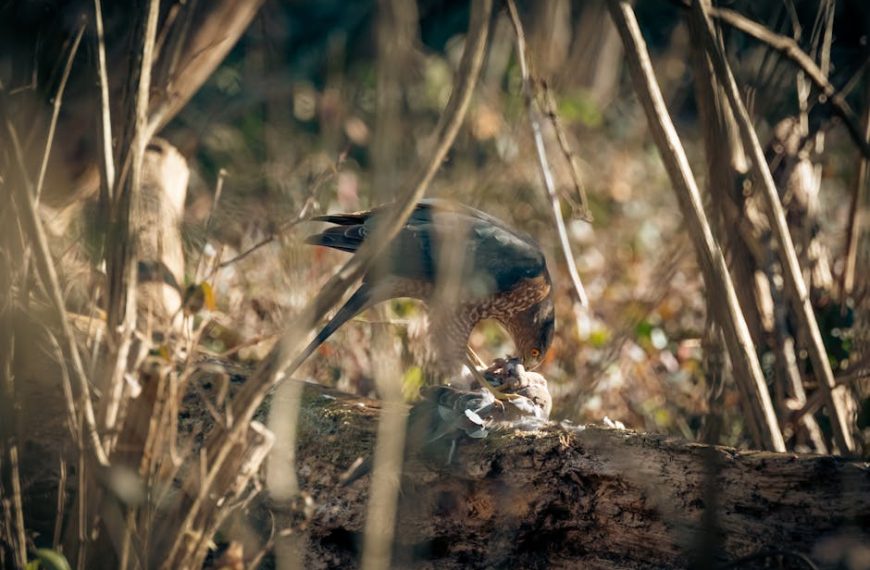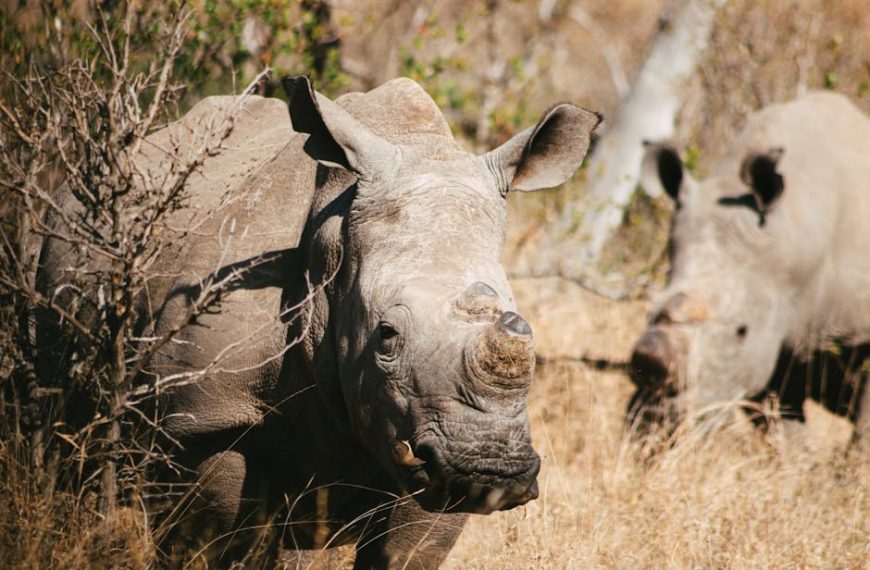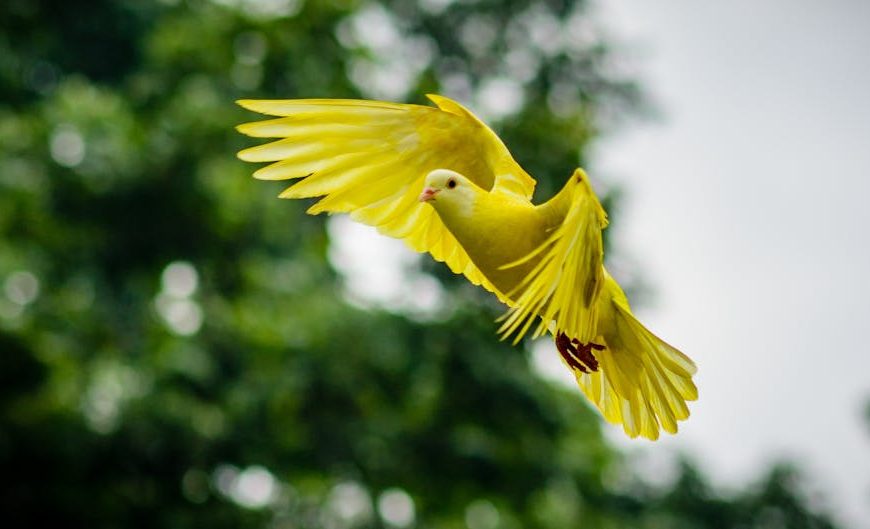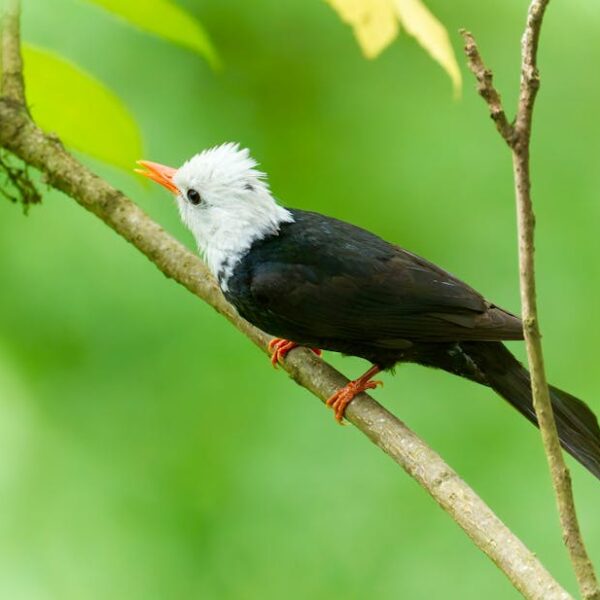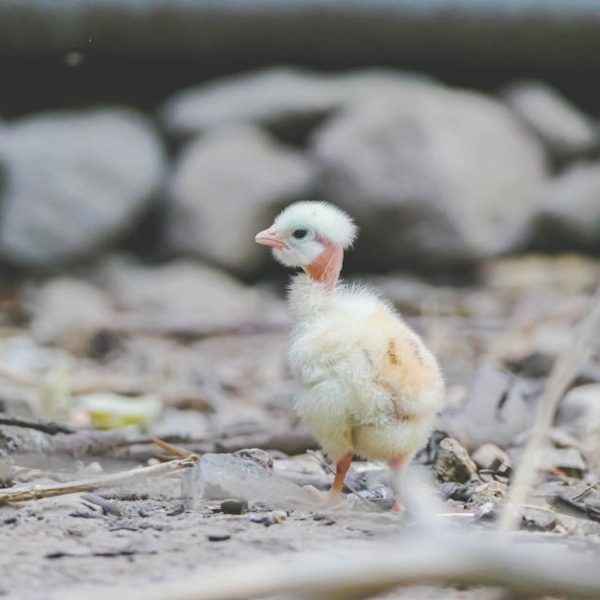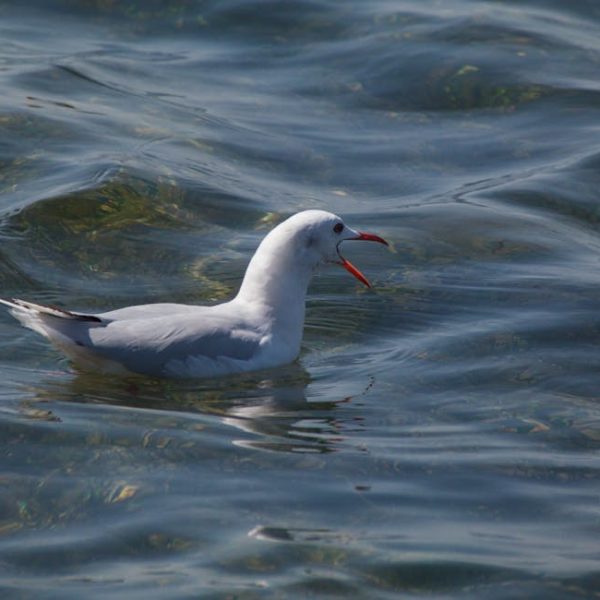As humans snuggle into their coats and warm up by the fires during the cold winter months, have you ever stopped and wondered where do birds go in these chilling conditions? Birds, unlike us, don’t have the luxury of heated homes or cozy winter wear. Yet, every year, millions of them survive the sub-zero temperatures by migrating to warmer destinations. Through this fascinating journey, birds not only mesmerize us with their navigation prowess, but also provide vital ecological insights.
The Science behind Bird Migration
Bird migration is a marvel of nature dictated by survival instincts. Birds primarily migrate for food and breeding. During winter, the food sources in the colder regions dwindle, prompting birds to fly towards warmer regions where food is abundant. Similarly, the breeding cycle of many bird species align with the warmer months of the year, triggering a mass exodus. Therefore, the biological drivers of bird migration are fairly straightforward: food availability and breeding requirements.
Birds display a remarkable sense of direction during these migratory journeys. They rely on the sun, the stars, and the Earth’s magnetic field to navigate across continents. Their in-built biological compass helps them in identifying their paths and routes.
Pro Tip:
Observing a bird’s flight direction during sunrise and sunset can give interesting insights into their pathfinding abilities.
The Patterns of Bird Migration
Migration patterns among avian species showcase intriguing diversity. While some birds fly non-stop for thousands of miles, others take frequent breaks in their journey. Certain species also vary the altitude and distance of their migration based on atmospheric conditions and food availability.
Seasons greatly influence bird migration patterns. Spring heralds the start of the breeding season, while autumn signals the onset of severe weather, both prompting several bird species to migrate. In essence, observing birds during different seasons can help in identifying their migration habits.
Common Migratory Destinations for Birds in Winter
Migratory destinations for birds usually involve places characterized by ample food sources and suitable climatic conditions. Coastal areas, tropical rainforests, and even desert oasis make popular winter havens for migratory birds.
These destinations, however, present their own sets of challenges. While they promise abundant food and favorable weather, they also introduce birds to new predators and unfamiliar territories, testing their survival instincts.
Pro and Cons:
While migration promises survival, it also exposes birds to treacherous routes and new predators. However, their innate survival instincts and remarkable adaptability often help them triumph over these difficulties.
Stay tuned for the next section where we discuss some famous migratory birds and their winter destinations!
Famous Migratory Birds and Their Winter Destinations
Bird migration is a spectacle, with some exemplary species presenting awe-inspiring tales of survival and resilience. The Arctic Tern, for instance, is renowned for its mammoth journey from the North Pole to the South Pole, making it the bird with the longest migration route. Another noteworthy species is the Ruby-throated Hummingbird which travels from North America to Central America, a journey that includes a 500 miles non-stop flight over the Gulf of Mexico – a truly extraordinary feat considering its small size.
Conservation of these migratory species is crucial to safeguard the earth’s biodiversity. Activities such as deforestation, hunting, and climate change pose significant threats to their survival. However, individuals can contribute to conservation efforts by creating bird-friendly environments in their backyards and participating in local bird counts.
Pro Tip:
Building a birdhouse in your backyard or keeping a water source can help birds during their migratory journey. Participating in community bird counts or reporting sightings to birding clubs can also support conservation initiatives.
Tracking and Studying Bird Migration: Modern Methods
Modern technology has revolutionized the study of bird migration, enabling more accurate tracking of their routes and understanding their behavior. GPS trackers are often fitted onto birds, enabling scientists to pinpoint their exact locations, while radar technology helps to provide a larger picture of migratory patterns. Even ordinary citizens can now contribute to this field of study through citizen science initiatives, like reporting bird sightings.
Best Practice:
Take part in citizen science projects. These projects harness the power of the masses to gather data on bird sightings, which is immensely helpful in studying bird migration patterns and promoting conservation efforts.
Let’s further understand these famous migratory birds and their winter destinations through a comparison table:
| Bird | Migratory Path | Winter Destination |
|---|---|---|
| Arctic Tern | North Pole to South Pole | Antarctic waters |
| Ruby-throated Hummingbird | North America to Central America | Mexico and Panama |
Now you’re familiar with the intriguing world of bird migration and the amazing journeys these species undertake. Remember, we can all contribute to their conservation, from our own backyards to participating in national research initiatives.
Key Takeaway:
- Bird migration is a marvel of nature, driven by the biological necessities of finding food and breeding.
- Birds showcase a remarkable sense of direction during migration, relying on natural cues such as the sun, stars, and the Earth’s magnetic field.
- Migration patterns among avian species showcase a diverse range, with altitude, distance, and flight path all significantly influenced by the weather and availability of food sources.
- Migratory destinations typically offer plentiful food and favorable climatic conditions, yet they also introduce new challenges like unfamiliar territories and predators.
- Modern technology such as GPS and radar, combined with citizen science initiatives, has revolutionized the way we study bird migration and conservation efforts.
Bird migration truly presents an impressive spectacle of survival, navigation, and adaptability. Understanding the underlying science and patterns can deepen our appreciation for these winged marvels and highlight the need for their conservation. By participating in citizen science projects or even engaging in simple actions like bird-friendly backyards, we can both contribute to and become part of this amazing journey.
FAQs
Q: How can I participate in bird conservation efforts?
A: You can contribute to bird conservation in several ways. Participate in local bird counts, report sightings to birding clubs, or even just create a bird-friendly environment in your backyard with birdhouses and water sources.
Q: What are the dangers birds face during migration?
A: Birds face numerous challenges during migration, including treacherous routes, unfamiliar territories, new predators, and human-induced threats like hunting and deforestation.
Q: How do birds know when to migrate?
A: Birds typically migrate in response to changes in food availability and seasonal changes that match their breeding cycles.
Q: How do scientists track bird migration?
A: Scientists use various modern techniques to track bird migration, including GPS trackers, geolocators, and radar technology. Citizen science initiatives like reporting bird sightings also contribute significantly to these studies.
Q: Can all birds migrate?
A: Not all birds migrate. While a significant number of bird species undertake seasonal migration, some remain in the same area year-round, if food and climate conditions allow.
Remember to share this article with your fellow bird-loving friends and explore more posts on our website to learn about our fascinating natural world.
